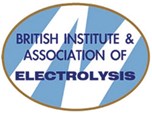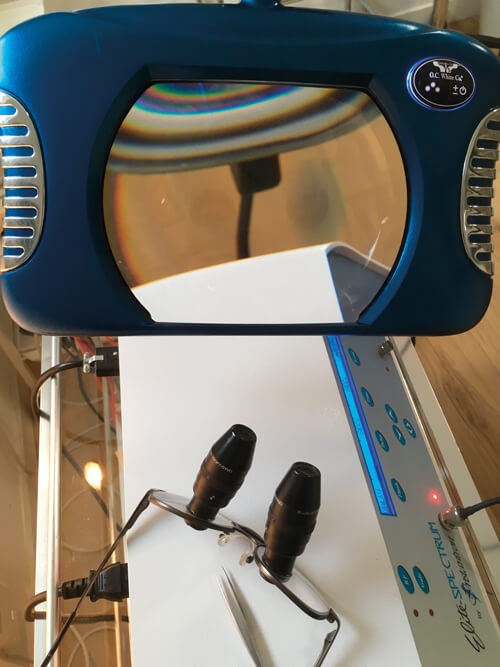
Electrolysis remains the only method of hair removal permitted by law in the UK [1] and USA [2] to be described as permanent. This is distinct from light-based methods which are permitted the description “permanent hair reduction”.
Electrolysis is very much in demand across the UK, Europe, the Americas, India and Australasia as witnessed by the worldwide membership of forums for professional electrolysists (including my own, ‘Hairshoot’ with over 650 members).
There is no typical client or area – all kinds of people, with and without traditional gender identities and people transitioning between genders want permanent hair removal on all body areas from hairlines to toes.
Sessions last from 15 minutes, e.g. for a few hairs on the chin, to several hours, e.g. for legs, axillae or torso.
Versatile, computerised 13 or 27 Megahertz epilators are used today for fraction-of-a-second pulses of pre-determined radio frequency (RF), galvanic or blend (mixture of both) currents. RF provides heat via molecular agitation, galvanic denatures protein-containing tissues by temporarily forming sodium hydroxide. Galvanic current is enhanced by the presence of heat via the addition of RF (blend).

A treatment session
On arrival clients are asked how their skin recovered from their last session and whether they had any concerns. Treatment parameters may be altered slightly accordingly.
Comfortably lying on the treatment couch, the client is helped to alter their position for best access to the treatment area and skin is cleansed. I will be wearing surgical loupes and very bright LED lamps will be quite close to the body part being treated.
Each hair is probed individually with a sterile, single-use surgical steel filament about the size of an eyelash. The skin is not pierced.
The probe is introduced to specific depths within each follicle according to the size and strength of the hair. The current is released in fraction-of-a-second bursts of one to three pulses and the probe is removed.
The target areas are those containing the stem cells, i.e. the root bulb, the bulge (site of attachment of the arrector pili muscle) and the outer root sheath (from the opening of the sebaceous gland to the bulb) [3,4].
Once the hair has been adequately treated, it will easily glide out when lifted with forceps.
This is repeated at a surprisingly brisk, steady pace across the remaining hairs until the area is cleared or the session comes to an end.
At the end of the session, the skin is again wiped over gently with soothing Aloe Vera gel and carefully blotted, leaving a thin film to protect the slightly inflamed skin.
Aftercare
Clients are advised to avoid excessive heat, harsh or heavily chemical products or procedures, and swimming until their skin has returned to normal. If make-up or concealer is required I recommend pure mineral products, as these are less likely to result in irritation. Sun protection of minimum SPF 30 is essential. Subsequent treatments will be scheduled to progressively treat further growth cycles and to extend the treatment area as required. These might be weekly or as infrequently as every four months in the case of body areas.
References
1. Advertising Standards Authority, UK: www.asa.org.uk
2. US Food and Drug Administration: www.fda.gov
3. Bono M: Secrets of your Hair and Skin.
https://www.electrology.com/pdf/
Hair-and-Skin-Mike-Bono.pdf
4. Hinkel AR: Electrolysis, Thermolysis and the Blend. Arroway; 1968.
(All links last accessed February 2020)
Declaration of competing interests: None declared.
COMMENTS ARE WELCOME





